Pumpkin - a frequent guest on our table in the fall. Despite the fact that the birthplace of solar vegetable is Mexico, the beauty of the beauty has already arrived at the numerous vegetable vegetable areas a long time ago.
To grow a pumpkin on the envy of the neighbors, the plant must be provided with a growing environment close to the climatic conditions of its historic homeland. In the article you will receive comprehensive information about the time, place and landing of the useful vegetable.
Grow a pumpkin for 7 steps
Step One: Choose a place with suitable lighting
Most of all in the light of the pumpkin loves the sun.
Before moving to the direct planting of the pumpkin, think about which site in your garden will suit her the most. A well-selected place for growing this vegetable, no little is a guarantee of its rapid growth and fertility. Abundant lighting is one of the main conditions of the promising cultivation of pumpkin: it is happy to bathe in the straight rays of the sun. Hard squeezed vegetable leaves are covered with a thick carpet of hairs that make a plant resistant to sun-burns.
The shortage of natural lighting prevents the timely development of pumpkin, the formation of a sufficient number of flowers, as well as its full pollination of insects. Flowers are painted in a pale shade and lose the flavor, and shoots grow pale green and thin. Without green chlorophyll pigment, with the participation of which photosynthesis in the cells of the plant, the vegetable will grow faded and weak. To this not happen, choose a well-lit southern slope for solar vegetable.
Step second: control the temperature
Pumpkin is suitable only warm dry soil.
Pumpkin is a typical representative of the Southern Plant crops, which, in the soul, the real heat. But low pumpkin temperatures categorically not tolerate. Keep it in mind when you start landing vegetable. Make sure that the soil dried well from spring moisture and warmed up enough to become a comfortable environment for cultivation. Having dropped pumpkin seeds into the ground, where the temperature does not reach 14 degrees, you risk the risks and do not wait. And in excessively wet land, the plant simply swallows and will die even faster.
The timing of seeds and planting seedlings on the household plot depends on the arrival of sustainable heat in one or another. The "arrangement" of pumpkins begin to engage when the threat of frosts disappears. In places where the weather does not indulge the land in a sustainable and prolonged heat, pumpkin is safer to grow through seedlings. It can be planted under the protection of temporary shelter in a pre-warmed Earth in early May. Pumpkin seeds are sowing into a warm primer for a temporary shelter, which is built from a plastic film or nonwoven dense coating.
Step Three: Prepare the soil for pumpkin
Bright orange beauty is growing well in light nutritious ground with neutral acidity.
Before finding out how to plant a pumpkin, we will deal with what mandatory characteristics should the soil be possessing so that the plant felt well. We list the substrate indicators that are most suitable for pumpkin growing:
- high nutritional, with a sufficient mass part of organic and mineral substances;
- pH in area 6.5 -7.0, which indicates weak or neutral acidity;
- good sweep;
- free access of oxygen, which will not allow water stagnation in the soil and spoil the roots of the plant.
If your soil does not match some of the criteria listed above, the situation can always be corrected. The increased acidity of the soil is eliminated by lime or chalk, and the compost and humus are enriched too heavy or clay soil. Of course, the preparation of the soil under the landing of the pumpkin is better to do in the autumn months, but in the case of a pumpkin time is never irrevocably missed, so it is possible to add a compost or humus to the ground in the spring. This will give the soil the missing ease and make it more affordable for moisture and oxygen. If you are not sure that there are enough nutrients in your soil, you can add a fertilizer right into the holes at the time of planting pumpkins.
Step fourth: Pumpkin landing through seeds and seedlings
Seeds and monthly seedlings can be used to grow pumpkins.
Those who deal with pumpkin for the first time will necessarily think when to plant a pumpkin to seedlings. The most suitable period for this occupation is considered the first half of May. As we have already noted, the plant prefers the warm soil (from + 16 to + 18 degrees), and immunity is completely damaged.
Before sowing, pumpkin seeds 2 - 3 hours warmed at a temperature of at least 60 degrees, then germinate, placing them in several layers of a wet napkin or sawdust for 3 days. Suitable for this place will be greenhouses or window sill in the room.
As soon as part of the seed germinates, and the second part will adversely, they are sowing them into small clay tanks not more than 16 cm in diameter. In 2/3 of the tank, the soils are poured, the components of which are ferry, peat and humus in proportion 1: 1: 2.
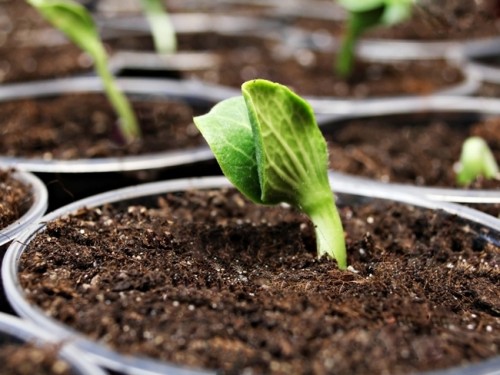
Sewing seeds in the prepared ground, sprinkle them from above the same land, only preheat it with 5% cowbage solution (based on bucket) and 10 g of wood ash. Seeds are germinated at room temperature, and after the appearance of shoots, the temperature is reduced to 14 degrees.
When watering, make sure that the seedlings receive a moderate amount of water - at this stage, excessive moisture can in two accounts to ruin the vulnerable shoots. For all the time of growing seedlings, it needs to be 2 times to feed mineral and organic fertilizers. To do this, in 1 bucket of water add:
- double superphosphate - 20 g;
- ammonia Selitra - 15 g;
- dung alive - 1 l;
- potassium sulfate - 15 g or garden mix - 50 g.
One plant is consumed up to 0.5 liters of useful solution. When 3 fully formed leafs appear on each bush - seedlings ready for landing into an open ground.
In the cool areas where heat does not come immediately and finally, sending frosting or zero temperature in May, the seedlings of the solar beauty are planted at the end of May or June. The soil should be pre-funded, and gentle shoots hide for temporary shelter.
To keep the roots of seedlings safely and guaranteed them to protect them from damage after sowing, they are sprinkled with disposable peat or paper pots. It is very convenient because the fragile bush will not need to get out of the tank, and put in the ground along with the pot. Over time, the walls of the peat pot will decompose and skip the growing root system into the soil.
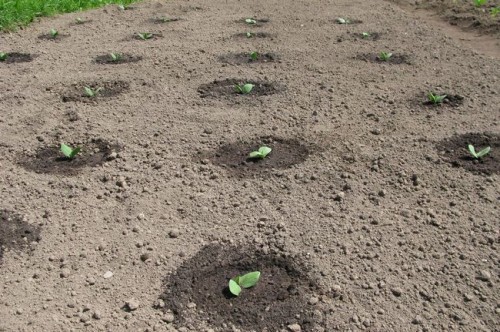
With the same success, you can germinate a pumpkin using plastic cups or containers and many vegetables with experience, by the way, prefer precisely such tanks for growing seedlings. They claim that the plants transplanted from such cups quickly goes to growth, because its roots do not have an obstacle in the form of a peat pot wall, which often turn out to be a serious obstacle to young roots.
Pumpkin seeds for planting first soaked in warm water or keep some time in a warm place at temperatures up to 60 degrees. Nobuch seeds are better at ris.
Regardless of the method of growing pumpkins - seeds or seedlings - the wells dig up to 8 - 10 cm deep. The distance between the wells depends on the variety of the plant: not less than 125 cm for synopletic crops, 85 cm for strip-light varieties and 55 cm for bush pumpkin.
Pumpkin seed landing assumes that there will be 2 - 5 seeds in each jam. They feather the soil in the holes in the holes in mineral and organic substances in advance, after pouring 1.5 - 2 l warm (up to 30 - 40 degrees) of water and are waiting for it when it is absorbed into the soil. When several sprouts appear in the well, they leave one - the strongest. If freezing is suspected, seedlings are hiding under construction from agricultural or polyethylene film.
Pitch Fifth: Pour pumpkin right
Pumpkin is suitable exceptionally moderate watering.
Despite the huge leaves through which strong evaporation of moisture occurs, the pumpkin does not claim the title of moisture-loving plant. Strategic stocks of water The plant "hides" in their fleshy stems and cuttings, so long periods of drought are not terrible. Excessive watering only harms a pumpkin - from the abundance of water, its vegetative parts are attacked by fungal microorganisms and quickly rot.
In the period of drought, watering for vegetable is arranged with warm water in the evening. Moderate watering has a direct impact on the growth and ripening of pumpkin: the smaller the water receives the plant, the less water, the Thawina is and the greater the concentration of nutrients will contain its flesh. Abundant irrigation will cause a short time to store the ripened vegetable in the future. A stingy amount of water only slightly slows the growth of pumpkins, while excessive moisture causes the rotor of the roots and stems, and the sick bush almost always dies.
Step Six: Do not forget about feeding
Pour pumpkin in open ground only after abundant feeding.
Do not be afraid to "reconcile" a pumpkin by an organica - she is always glad to her. Therefore, it is impossible to refuse the plant in this pleasure before planning, nor during its intensive growth.
The following substances will be excellent organic fertilizers for pumpkins:
- rewinding manure;
- compost mass;
- humus;
- chicken litter;
- humus.
Complex feeder consisting of nitrogen, potassium and phosphate, you can fill the need of plants in mineral substances. If this mixture does not turn out to be at hand, it can be safely replaced by individual components: a potash salt, ammonium nitrate and superphosphate. And the simplest and affordable fertilizer for pumpkins is considered ordinary ashes.
There is also another way to feed the pumpkin: planting sites at the beginning of spring, where pumpkin seeds will be sown or planted. They will be for vegetable fertilizers. Until the end of May - mid-June, Siderats grow and become an excellent basis for the cultivation of pumpkin. During the period of vegetative ripening, the plant is fed by solutions of organic fertilizers (3 - 4 times a season).
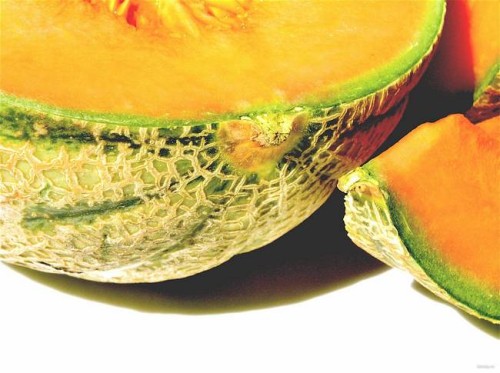
You will get a rich harvest if you successfully choose the plants - predecessors for pumpkin. You should not land a pumpkin on the ground, in which the cultures of the Pumpkin family were in front of it. It concerns melons, watermelons, zucchini, cucumbers and patissons. Pumpkin does not fit and where representatives of the family of the family grew shortly before this: sunflower, corn, potatoes, eggplants, tomatoes. We will contribute to the future crop of pumpkin roots and crpats (cabbage, radishes and salad), as well as onions and garlic. The most wonderful pumpkin is obtained after representatives of legumes: boldly plan her seedlings in the place of peas, ranks, beans, beans and alfalfa. With the same success, the plant is grown on a bunch of old compost.
Step seventh: surround the pumpkin care
Caring for vegetables, do not forget to periodically pinch it.
After the first few fruits come down, pinch the main stem and other shoots on a ripening plant. However, remember that it is necessary to have time to do until the first nights of August, then young fruits will take advantage of the arrival of the cold.
To formed strong side roots, relay the base of pumpkin of wet earth. During the rain, the plant especially needs your help - to put up the fruits of the plank, which will protect the vegetable from rewinding due to abundant moisture.
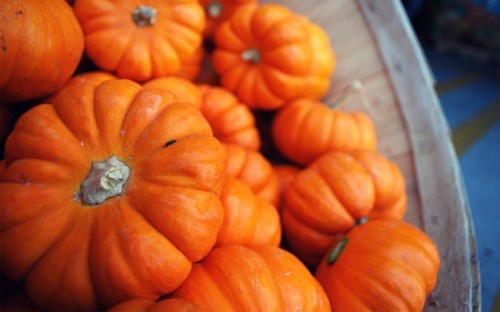
The solidified bark of Thaivina is a signal that it is time to collect a crop. To check, you can try vegetable for strength: give the peel to the nail. If notlands do not remain, the time has come. They collect fruits to the first frosts, then pumpkin will be stored longer. Some varieties of the plant lie well until May, at low positive temperature indicators (about + 4 - + 8 degrees of heat).
As you can see, the rules that will help you ensure ourselves with a plentiful harvest of the useful pumpkin, not difficult. A little effort, and on your table most of the year there will be a variety of dietary dishes made from this beautiful juicy vegetable.

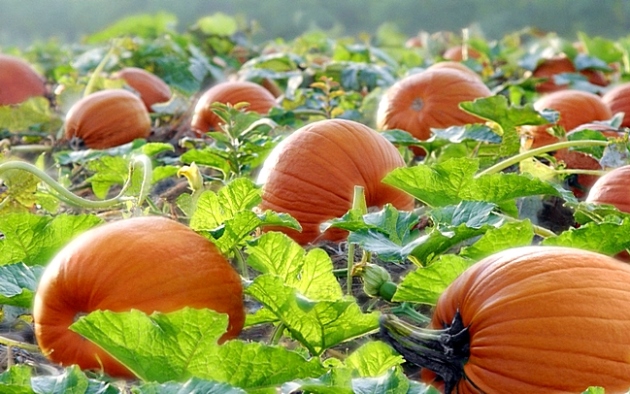


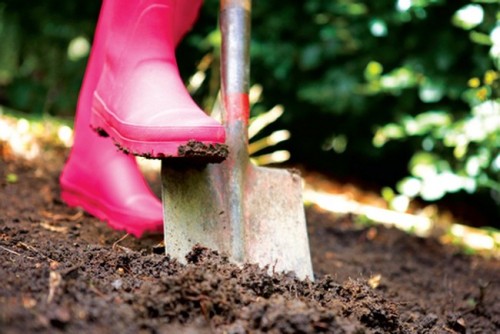
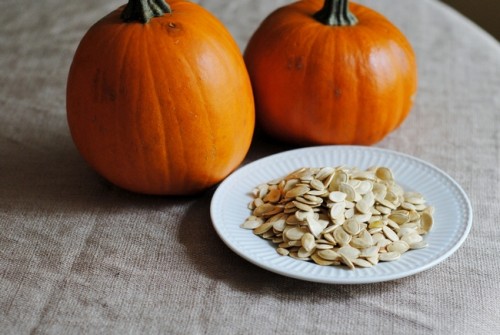
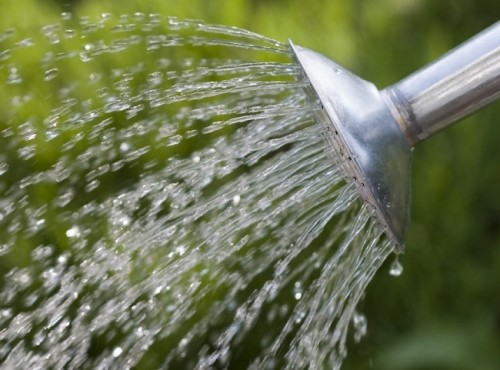
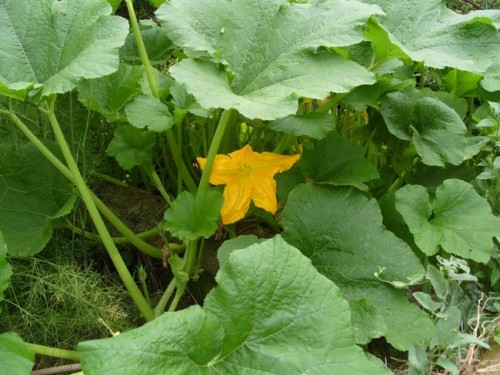












 Start a discussion ...
Start a discussion ...